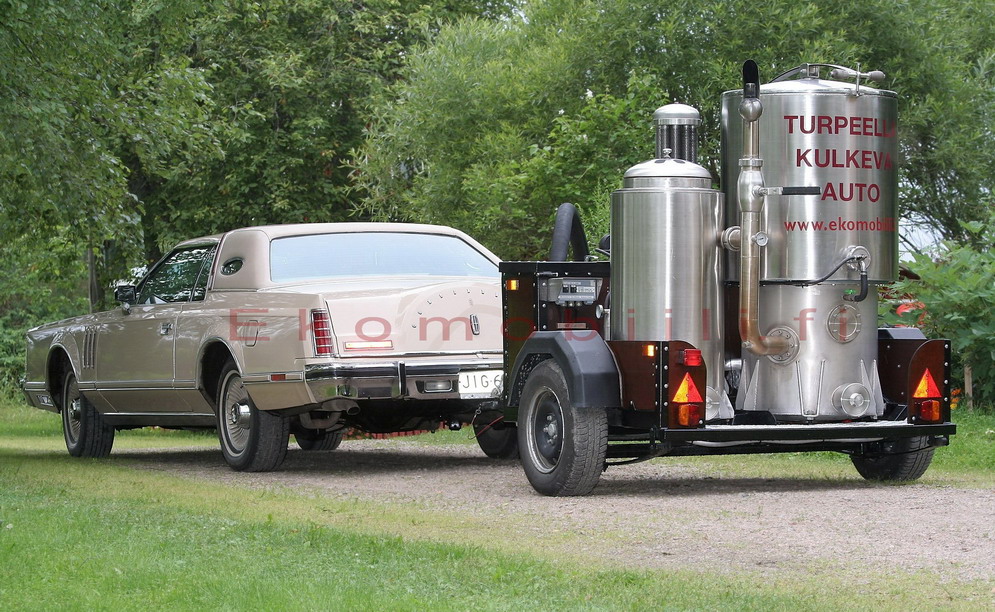Here is a slow motion video showing you what happens in a thermobaric explosion:
https://www.youtube.com/watch?v=7dW1qkBg8sM
If you are injecting the fuel vapor (< 10 micron droplets) and air mix into the front chamber of the PPR remember that the HHO shockwave and flame front will be shaped by the LFV in the rear chamber. This will ignite the thermobaric fuel / air mixture and shape that fluid flow via the PPR outlet for injection into the engine. The chamber peak pressure pulse rise time will be extremely fast to generate maximum power, so go easy to start with on how much fuel you inject into the chamber.
Rob
https://www.youtube.com/watch?v=7dW1qkBg8sM
If you are injecting the fuel vapor (< 10 micron droplets) and air mix into the front chamber of the PPR remember that the HHO shockwave and flame front will be shaped by the LFV in the rear chamber. This will ignite the thermobaric fuel / air mixture and shape that fluid flow via the PPR outlet for injection into the engine. The chamber peak pressure pulse rise time will be extremely fast to generate maximum power, so go easy to start with on how much fuel you inject into the chamber.
Rob







Comment